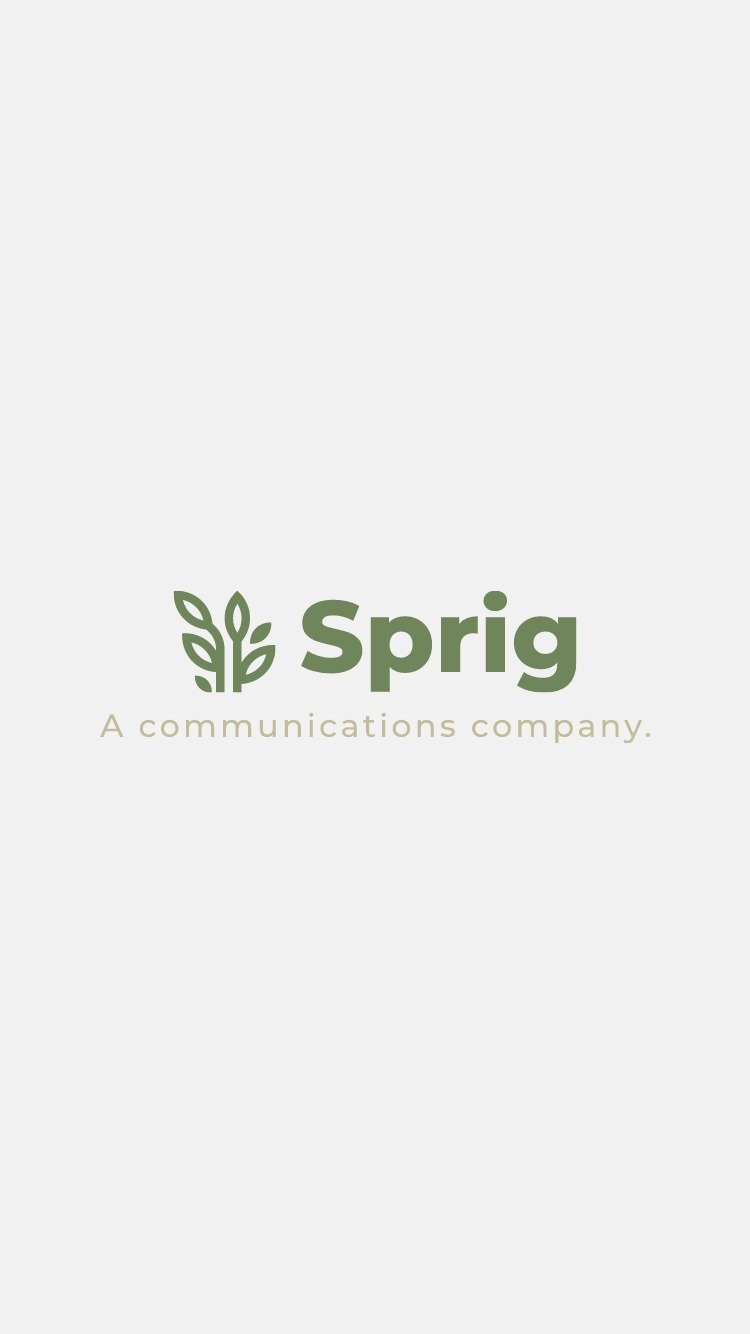Create Nonprofit Reports that Have Impact
Nonprofit reporting documents can and should be more than coffee table decor, they should demonstrate your organization’s impact, from the numbers to the lives touched.
Annual reports, impact reports, community benefit reports…
Do they belong to development? Or marketing and communications? More often than not, we’ve seen them fall into the lap of the fundraiser because they deal with money and what’s done with that money, right?
While it's true that most reports that nonprofit and not-for-profit organizations produce are numbers-driven, the best ones have a great deal of writing. And the ones that don’t typically end up in some back alley spot within an organization’s website and are left to die until it comes time to put another one together next year.
Please, no. You and your work are so much better than that, so much more important.
Instead, use your organization’s annual report, or whatever name you call it (see: impact or community benefit report), like the powerful storytelling tool that it is.
Numbers Talk
We recently shared a statistic from a survey by Campaign Monitor about the content that donors want to receive from nonprofits:
61.1% of respondents want to receive stories about how the nonprofit’s cause and services have served real people.
59.9% want to see results such as how much money the organization has already raised and the progress they’ve made toward their goal or cause.
59.1% want to know how the nonprofit spends the money they receive from donations.
What’s more, 36.6% of respondents in the same survey said they would be most willing to give to a cause after seeing pictures and stories from someone the organization has helped.
Doesn’t that sound exactly like the purpose of an annual report? Share stories, check. Share money raised, check. Share where that money’s going, check.
Share the Impact You’re Already Having
If you already share impact stories about real people who have benefitted from your organization, you’re there. The next step is simply to make sure that the report is shared strategically to get the traction and eyeballs on it to make it valuable. If you’re not sharing stories yet, here are a few approaches you can take to get there.
Get others involved:
Let’s assume an executive director, administrator, or development person is putting together your annual report. Maybe this is you. The first step is to get others involved in the process. By enlisting the help of your Communication or Marketing team member (if you have one!), a board member, or a volunteer, you can get the support you need to pull together photos and stories about the people your organization has helped through its mission.
Repurpose content:
Maybe you’re fortunate enough to have a Communication or Marketing team or team member who is producing content like a mad person. I hope for this for you, it’ll make your life easier. Simply repurpose the content from those blogs, newsletters, event-recap emails, social media posts, or printed materials. It’s best if you can break up some of the numbers and lists (e.g., donors, board members, etc.), with real-world and real people’s stories, showing those data in action.
Reformat the report:
When you’ve always done your report the same way from the same template, adding content will mean more pages and, likely, a new format. If you don’t have a designer on staff, we suggest finding and branding a Canva template to give you a starting place. This keeps this project feeling like an enhancement rather than an overhaul—you’re busy enough without another barrier.
From design-ready copy to fully finished products, we provide fixed-fee storytelling and graphic support for small teams and organizations trying to elevate their yearly annual, community benefit, and impact reports. Contact us for an estimate.


